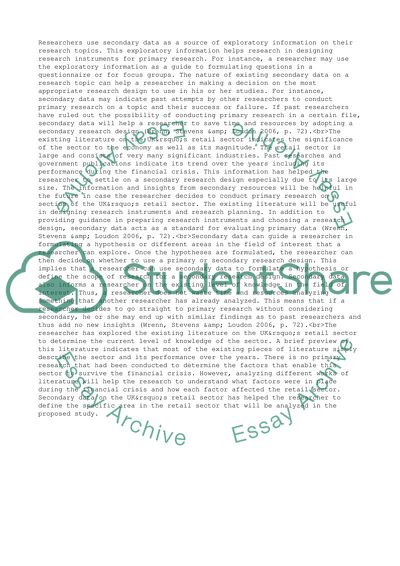Cite this document
(“Retail business Dissertation Example | Topics and Well Written Essays - 2500 words”, n.d.)
Retrieved from https://studentshare.org/business/1396500-economic-secondary-research
Retrieved from https://studentshare.org/business/1396500-economic-secondary-research
(Retail Business Dissertation Example | Topics and Well Written Essays - 2500 Words)
https://studentshare.org/business/1396500-economic-secondary-research.
https://studentshare.org/business/1396500-economic-secondary-research.
“Retail Business Dissertation Example | Topics and Well Written Essays - 2500 Words”, n.d. https://studentshare.org/business/1396500-economic-secondary-research.


